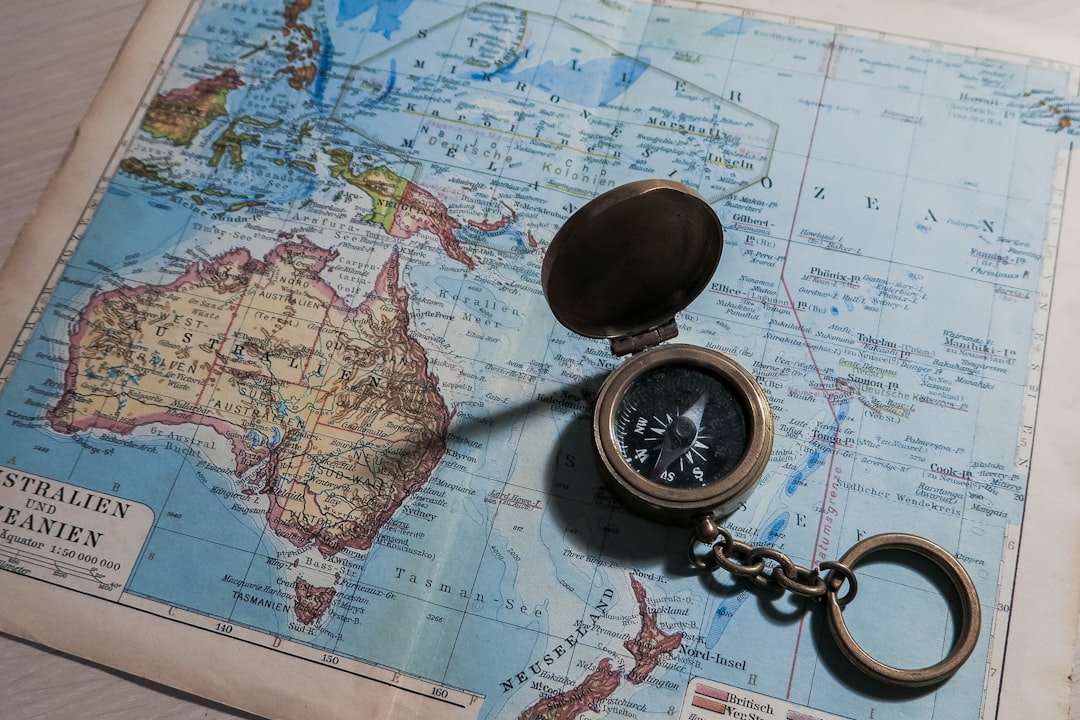What is it about?
Person reidentification (re-ID) is a surveillance technology. It uses artificial intelligence (AI) to match people captured by multiple cameras. However, people are always on the move. Their movements lead to different angles and blocked views in the images. This makes image recognition a difficult task for person re-ID. Recently, person re-ID using deep learning and convoluted neural networks (CNNs) has become popular. The large amount of available data makes it easy to train these models. As a result, they have shown rapid growth and excellent performance. There are two traditional re-ID models, namely, identification and verification. Both models have distinct advantages and issues. Identification labels the person in an image and checks this against a database. However, this model cannot compare two images. It just labels them. An extra step is needed to check whether both images have the same label. Verification takes two images and compares them. However, it cannot label who the person in the image is. In this work, the authors combine both the models and their limitations. This has led to the creation of a new method that both labels and compares. It is as accurate as current gold standard methods.
Featured Image

Photo by Miłosz Klinowski on Unsplash
Why is it important?
Image recognition is important for security. Re-ID can help track persons of interest and follow cars via traffic cameras. Current methods have problems that inhibit their wider usage. By combining both models into one, this technology exceeds the current benchmarks. KEY TAKEAWAY: A new AI method for re-ID combines traditional methods to increase its accuracy and usage. It outperforms the current re-ID benchmarks with ease.
Read the Original
This page is a summary of: A Discriminatively Learned CNN Embedding for Person Reidentification, ACM Transactions on Multimedia Computing Communications and Applications, January 2018, ACM (Association for Computing Machinery),
DOI: 10.1145/3159171.
You can read the full text:
Contributors
The following have contributed to this page










